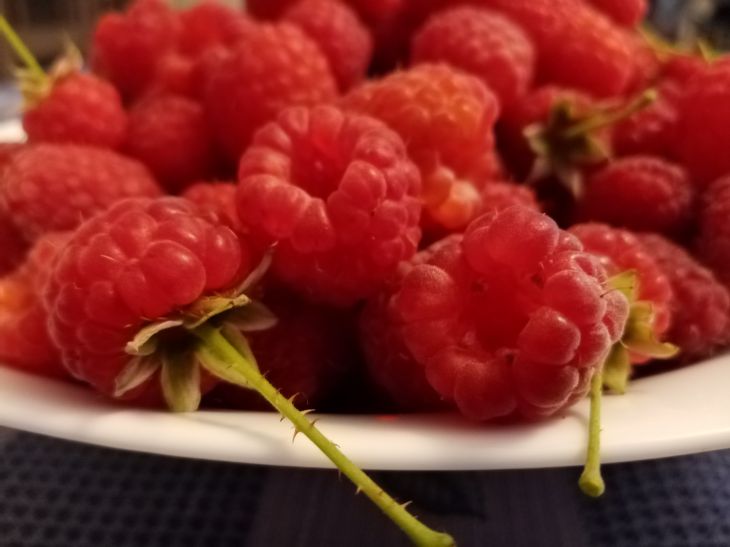What to do if the taste of the berry harvest is disappointing: why raspberries are not sweet and how to fix it
Raspberries are an unpretentious crop that most summer residents only begin to remember about during harvest time.
But what to do if the berries turn out to be not sweet? It is worth examining the main reasons and possible solutions.
Variety
First of all, it is worth paying attention to the variety and agricultural practices. A simple example: if you grow southern varieties in northern regions, you can forget about good taste qualities.
Also, each variety has certain characteristics. If we consider raspberry, then we are talking about an ornamental crop, although it has quite large berries.
Lack of fertilizers
As practice shows, the taste of raspberries can change due to insufficient nutrients. And since many gardeners consider raspberries to be an unpretentious crop, such troubles manifest themselves regularly.

Nitrogen deficiency
Due to a lack of nitrogen, bushes may develop incorrectly. It all starts with the fact that metabolism slows down, and the root system stops developing normally.
It makes sense to apply nitrogen fertilizers only at the beginning of the season. If you apply nitrogen fertilizers in the summer, the quality of the harvest may deteriorate or the taste of the fruit may change.
Phosphorus deficiency
The taste of the harvest can be directly affected by how the bushes tolerate frost. If the raspberry lacks phosphorus, problems with the root system begin.
A lack of phosphorus can be determined by the shade of the leaves; initially they become dark green, and over time they change to burgundy-violet.
Potassium deficiency
Potassium deficiency directly affects:
- Resistance of crops to low temperatures.
- Droughts.
- Diseases.
Potassium deficiency can be identified by the condition of the foliage at the end of the season. Veins turn brown and the edges begin to gradually die off.
Potassium deficiency can be compensated by adding wood ash. There are two options for application:
- Distribute 1 glass of wood ash per square meter;
- make a solution of 1 glass of water per bucket of water. For one bush you need to use about 5 liters of solution.
Instead of wood ash, you can add mineral fertilizers.
The cultivation technology has been violated
Agricultural technology should also be taken into account. We can recall several typical mistakes.
1. Insufficient watering. In severe drought, raspberries also need moisture. Ignoring even the basic rules, it is unlikely that you will achieve a good effect.
2. Raspberries should be grown only in illuminated areas. If the bushes are in the shade during the day, there is no point in talking about the full development of the plants. In this case, it makes sense to add additional fertilizers.
3. If raspberries grow in lowlands where moisture accumulates, the taste of the berries may change.
4. Occasionally, the bushes should be thinned out. If this is not done, the raspberries will receive less sunlight, which is why you can forget about normal development.
5. Soil acidity plays a key role. The soil should be neutral. If the acidity is high, the following can be added to the soil: wood ash, slaked lime or dolomite flour.
And special attention should be paid to mandatory watering. The first watering is done in the spring, when the buds begin to appear.
Further watering should be carried out once a month until the harvest.
